Gayle checks in to Peterhead Prison – widely known as ‘The Hate Factory’ and now open as a museum.
The bleak, granite fortress of Peterhead Prison looms large on an exposed, wind-battered headland above the town’s harbour.
It’s a grim, foreboding, shiver-down-the-spine-inducing sight: you can see why it was dubbed Scotland’s “gulag” – a prison of no hope.
Built in 1888, the north-east jail was home to some of Scotland’s most notorious criminals, including sex offenders and murderers, over its 125-year history.
Conditions for prisoners were poor – the cells were cold, cramped, devoid of fresh air, and with no internal sanitation.
The classic Victorian prison closed in 2013, to be replaced by the new HMP Grampian.
The tired old building was saved from demolition, and in 2016 it reopened as a museum for visitors keen to experience the country’s toughest prison – “The Hate Factory”, as it was known.
I visited on a chilly December morning, having been warned things weren’t going to get any warmer inside, so I was layered up to the max.
A cheery staff member signed me in, armed me with an audio device and headset, and pointed me in the right direction.
You’re free to roam the sprawling six-acre site at your own pace: there’s no time restriction or allocated “slot”.
The audio device is fantastic, with commentary by former prison guards evoking a strong sense of what staff had to deal with, and offering some particularly grisly descriptions of violent incidents.
You tour a series of cells, the first, from 1888, just 5ft by 7ft, and 7ft high, and hung with a hammock-style bed.
Thick iron bars criss-cross the tiny window, made of rough, frosted glass, and the only “heating” is the hot water pipe. It’s sparse, to say the least.
More “modern” cells contain a single bed and inmates’ personal possessions, ranging from page-three pin-ups plastered on the walls to books, clothing and trainers.
One cell is truly shocking. It’s the scene of a murder in the 1960s and it’s spattered with a heck of a lot of fake blood. Grim and gory just about sums it up.
Another cell represents the “dirty protest” era of the 1970s and 80s – yup, there’s fake (I hope) excrement smeared across the walls.
An exhibition tells the story, through words and photos, of the notorious 1987 riot during which 50 inmates, revolting over overcrowding and tough living conditions, took control of the D-wing and held two warders hostage.
Prisoners, many of whom hailed from the central belt, were also angry at being placed so far north, a long distance from friends and family.
Balaclavas were fashioned out of bandages, windows were smashed, fires were started and makeshift weapons were brandished as inmates ran riot.
One guard was released, but prison officer Jackie Stuart was held for five days, repeatedly beaten, paraded on the roof with a chair round his neck, 90ft above the ground, and threatened with being set on fire by his captors.
Jackie was freed only when four SAS men, armed with smoke bombs and stun guns, stormed the building.
It was traumatic stuff.
As you wander the draughty corridors of the jail, you’ll find yourself confronted by the ugly, wart-ridden, leering faces of inmates, one of whom peers at you through his cell’s hatch.
The first time I set eyes on him (to clarify, he’s just a mannequin), I nearly died of fright!
And even when I passed him a second time, I leaped out of my skin. You have been warned.
Other dodgy characters eye you from the confines of the prison barbershop or while sitting in their beds.
A punishment cell boasts a “tripod” where the worst-behaved prisoners would be whipped with cat-o’-nine-tails and birch rods with sharp thorns designed to tear flesh.
Meanwhile, a “silent cell”, where the most violent inmates would be locked for days on end, is a bleak, concrete room with only a stone bed and chamber pot for company.
However, the commentary tells you that some prisoners regarded being in this cell as a “badge of honour”.
There’s also a tiny wing where one dangerous, high-profile prisoner was banged up in solitary confinement for 22 years.
There’s a sign saying that museum authorities cannot discuss this individual so I can only hazard a guess as to who he was.
Other notorious inmates included serial killer and paedophile Robert Black and murderer Peter Tobin. Very nasty pieces of work.
Another was Houdini-style escapologist Johnny Ramensky, the last man to be shackled in a Scottish jail cell, and the first to escape Peterhead Prison.
There was also Oscar Slater, the victim of Scotland’s worst ever miscarriage of justice.
He served 19 years for a crime he didn’t commit and was freed only after lawyers, journalists and writers, including Sherlock Holmes creator Sir Arthur Conan Doyle, intervened.
Before Peterhead Prison opened as a museum, former guards advised operations manager Alex Geddes and his team on how to make the museum as realistic as possible.
They’ve done a great job and it’s a fascinating, gritty, warts-and-all insight into the prison’s history.
I highly recommend a visit. But I must admit I was pleased to exit the forbidding building and head off into the winter sun towards freedom!
Info
Due to the tougher Scotland-wide Level 4 Covid lockdown, Peterhead Prison Museum will be closed until further notice. It will open as soon as it is officially allowed to do so. Check peterheadprisonmuseum.com for updates.
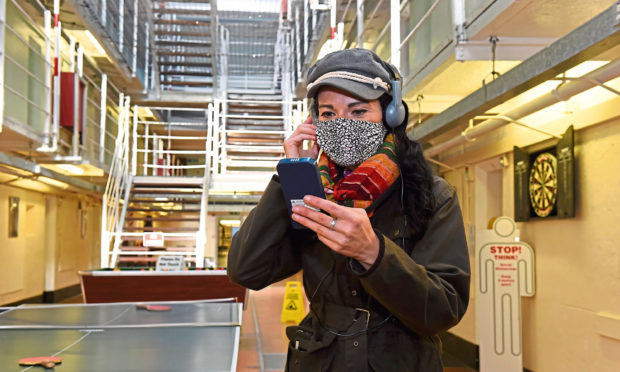
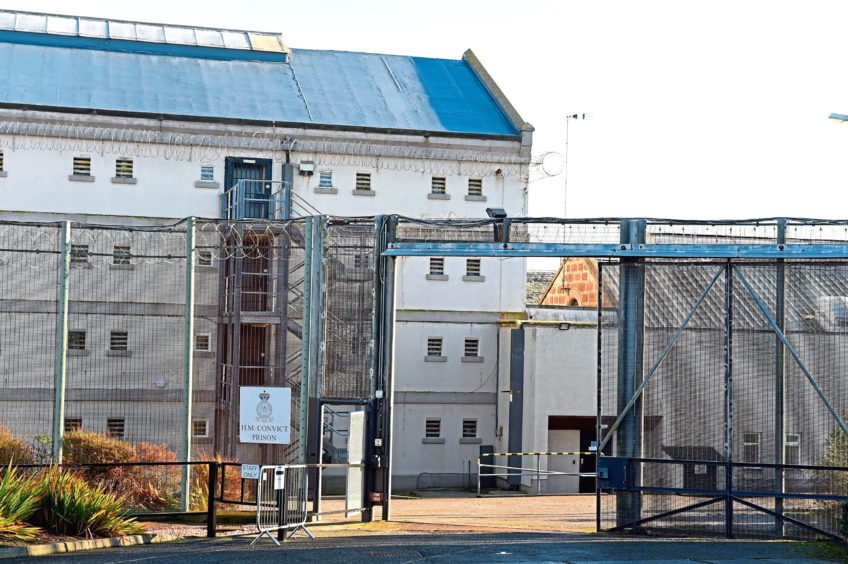
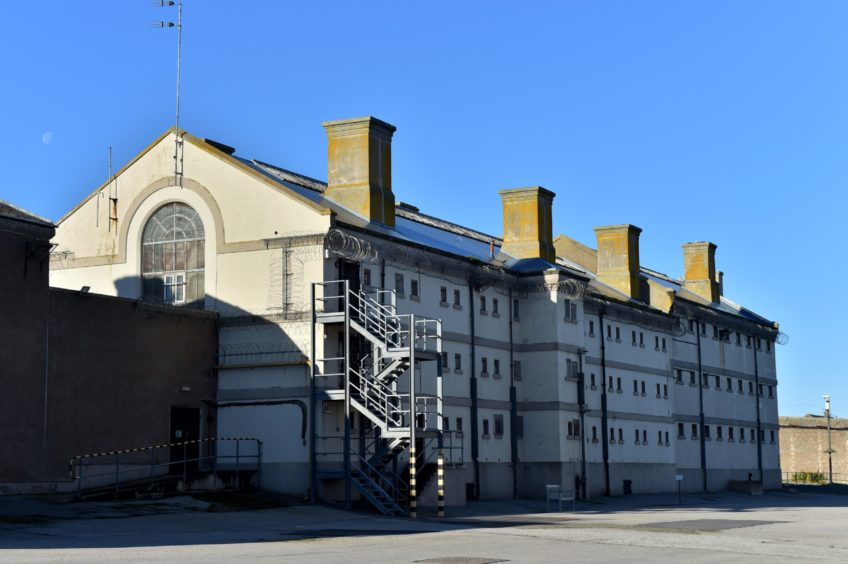
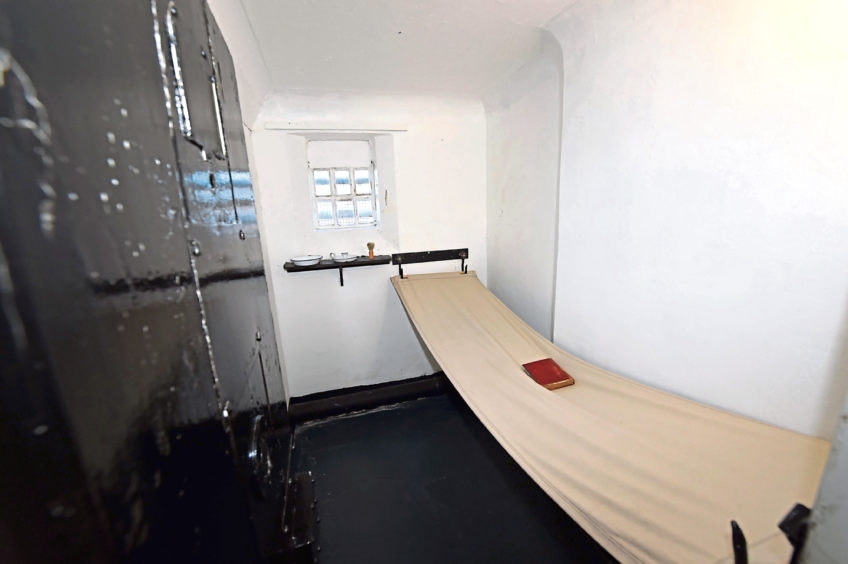
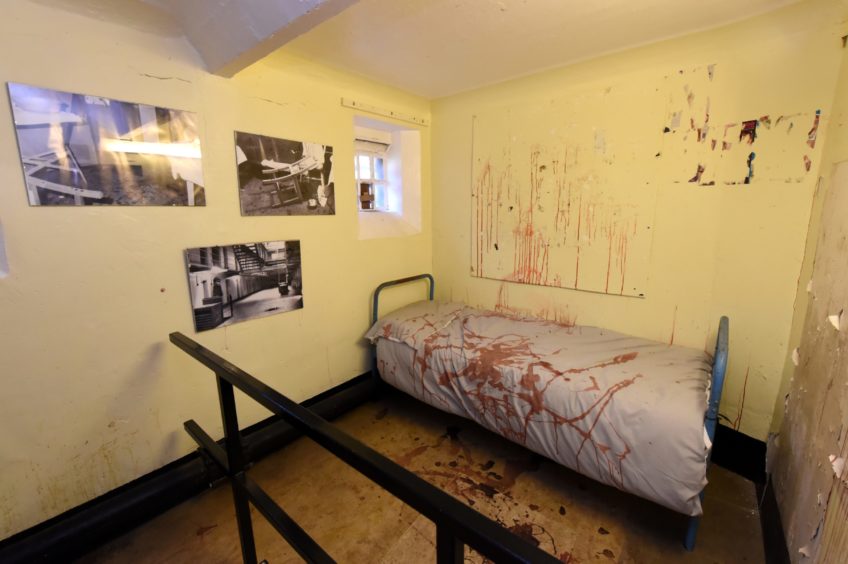
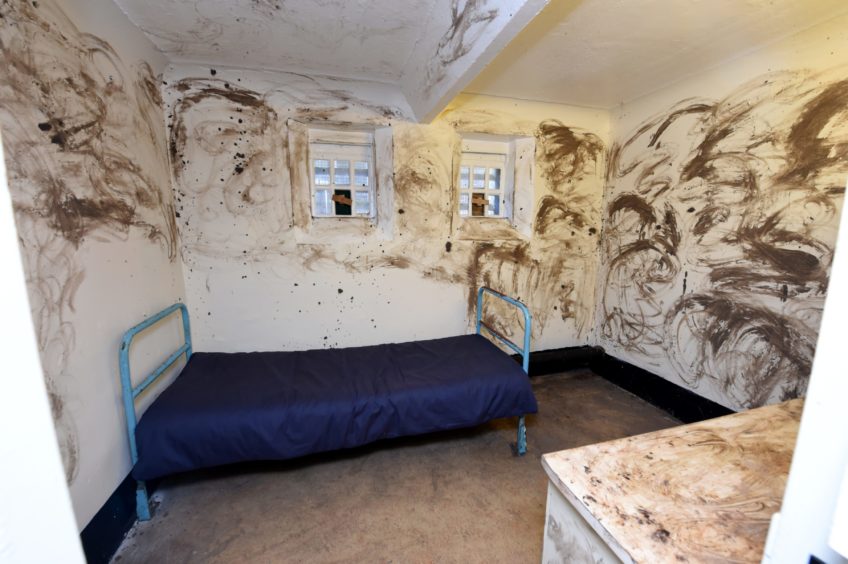
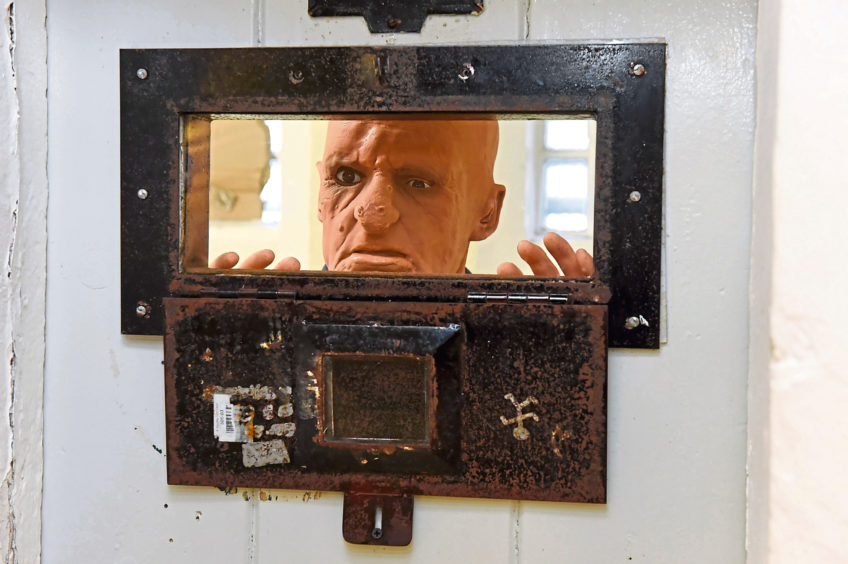

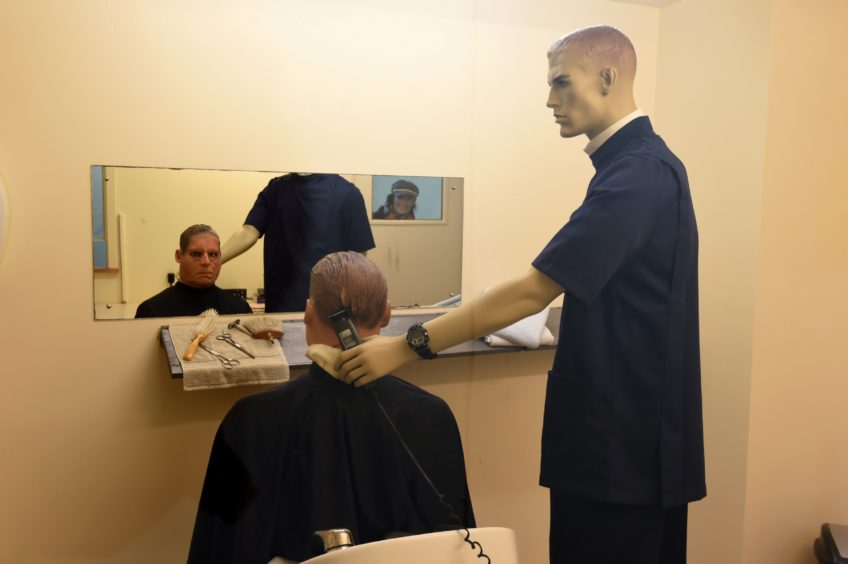
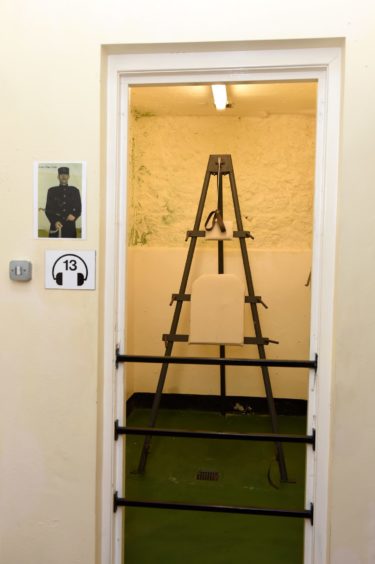
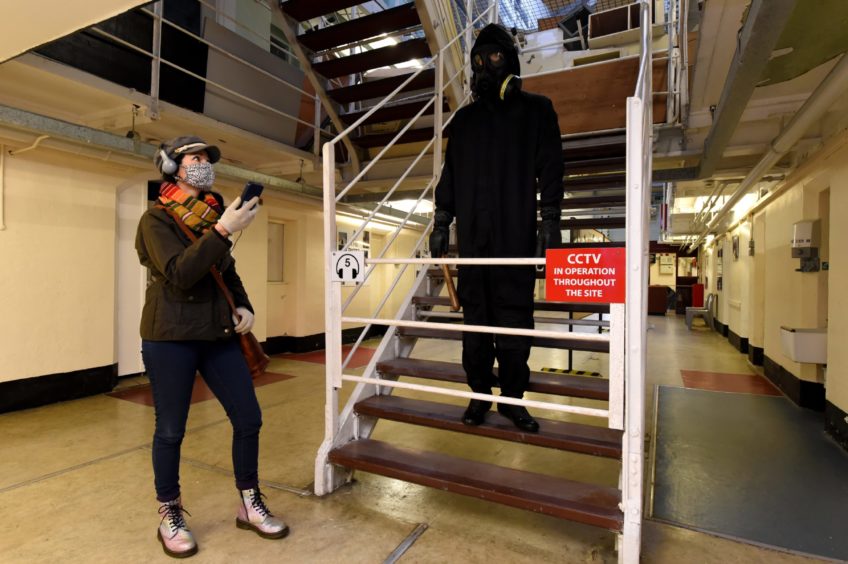
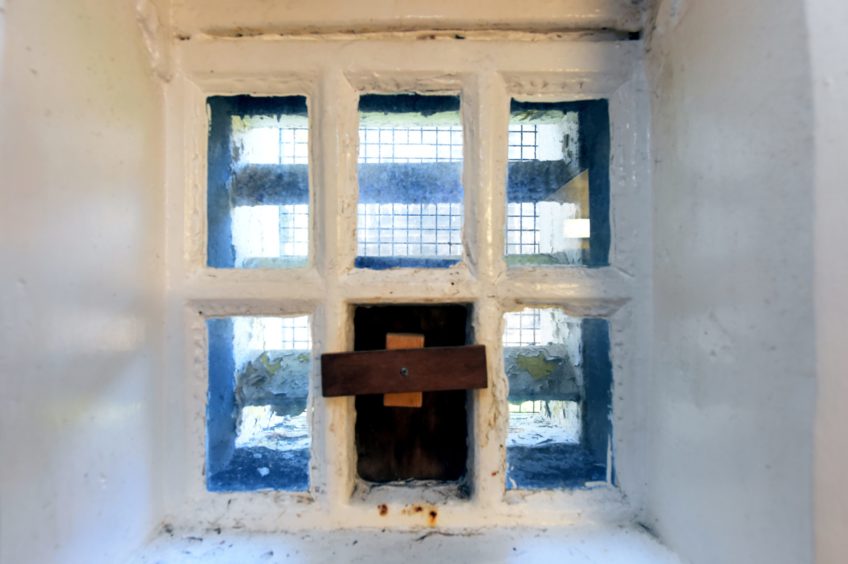
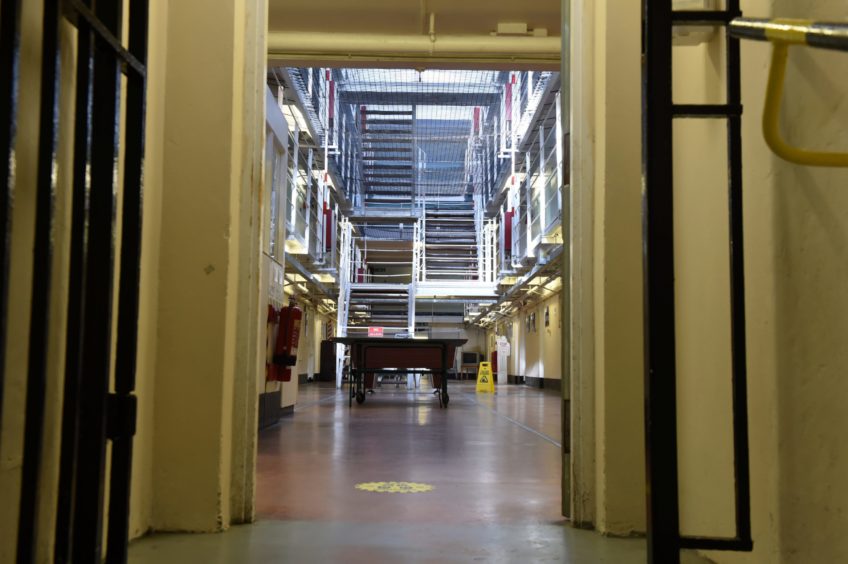
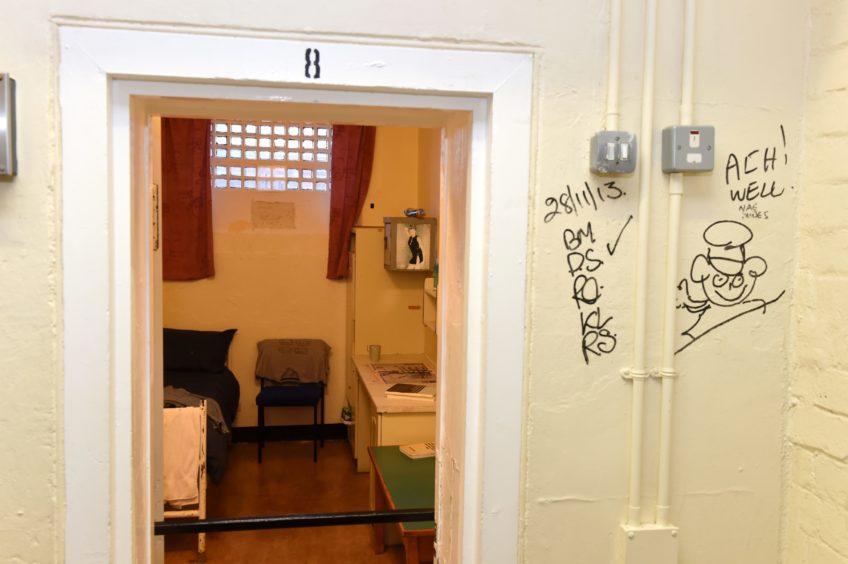
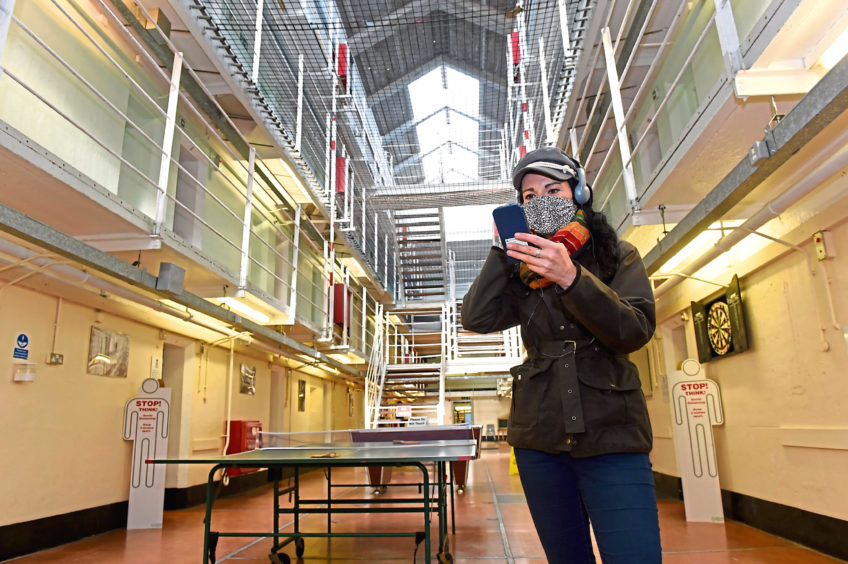
Conversation